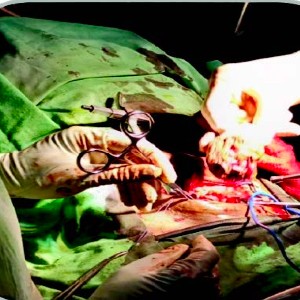Case reports
Vol. 35 (2023)
Atypical presentation of vesicouterine fistula (Youssef’s syndrome) post-caesarean gossypiboma: a case report

Publisher's note
All claims expressed in this article are solely those of the authors and do not necessarily represent those of their affiliated organizations, or those of the publisher, the editors and the reviewers. Any product that may be evaluated in this article or claim that may be made by its manufacturer is not guaranteed or endorsed by the publisher.
All claims expressed in this article are solely those of the authors and do not necessarily represent those of their affiliated organizations, or those of the publisher, the editors and the reviewers. Any product that may be evaluated in this article or claim that may be made by its manufacturer is not guaranteed or endorsed by the publisher.
Received: 4 February 2023
Accepted: 27 March 2023
Accepted: 27 March 2023
772
Views
173
Downloads







